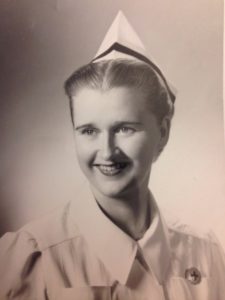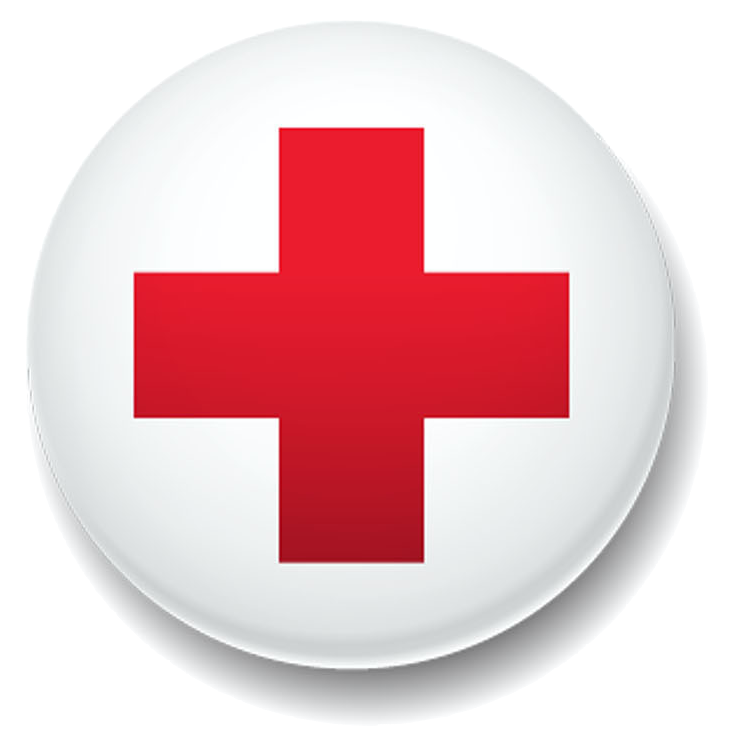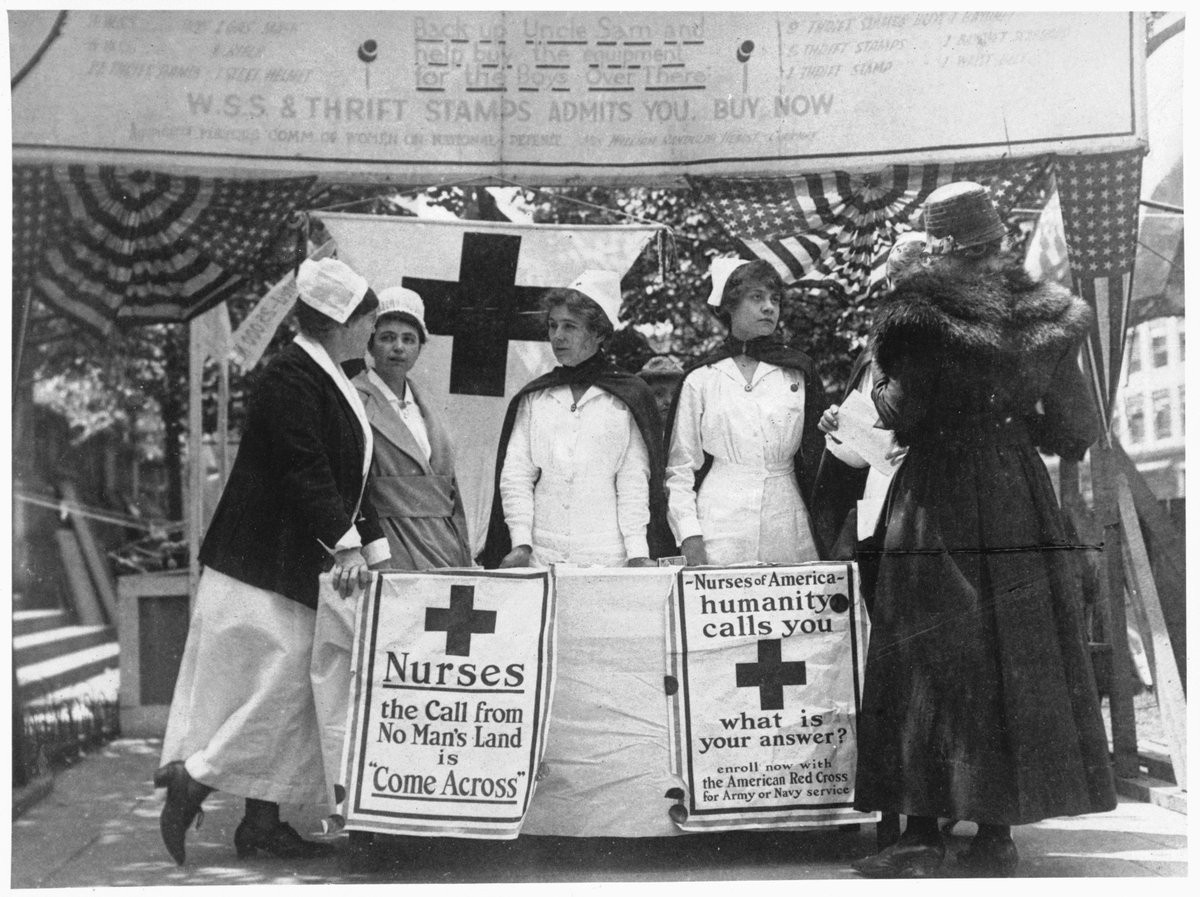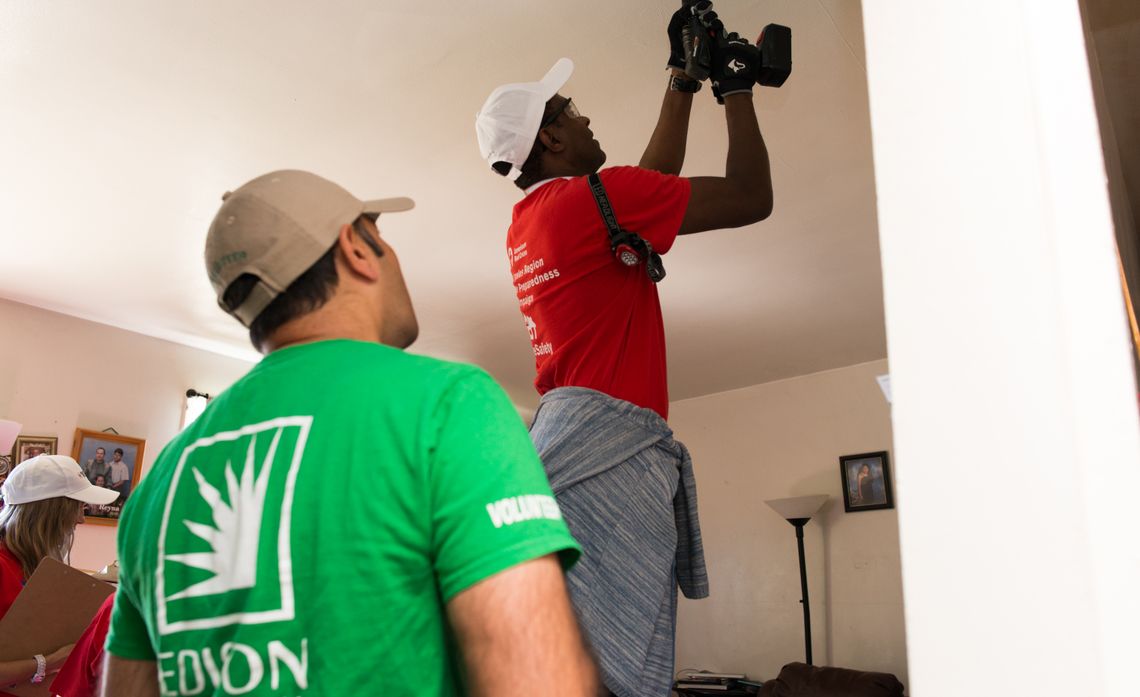By Jillian Robertson, Red Cross Communicator
My grandmother was a nurse for many years, though not with the Red Cross. She kept her nursing uniform on display in her home long after she had retired. I was always struck by the starched collar and still-crisp hat, visual reminders of the pride and professionalism with which she carried out her work. From a young age, I understood that was how nurses conducted themselves and that feeling sticks with me to this day.
She kept her nursing uniform on display in her home long after she had retired. I was always struck by the starched collar and still-crisp hat, visual reminders of the pride and professionalism with which she carried out her work. From a young age, I understood that was how nurses conducted themselves and that feeling sticks with me to this day.
I had the pleasure of speaking with Linda MacIntyre, Chief Nurse of the American Red Cross, before she spoke to our followers for a special Facebook Friday livestream for National Nurses Week. While she was humble about her own accomplishments, she was openly proud of the work Red Cross nurses are doing nationwide.
“Nurses are great teachers,” she said. “It is part of their training.”
This skillset makes them ideally suited for virtual classes, which they have been teaching in droves as other in-person training opportunities have been cancelled due to COVID-19 and social distancing requirements.
I was not surprised to hear that nurses are natural teachers. As a category, nurses have been my favorite people to sit next to on airplanes, as they inevitably are good conversation partners with interesting knowledge to share. In my experience, they are also educators, helpers and people-people, much like the Red Cross volunteers I have had the pleasure of working with in my years at the organization.
While adding “virtual educator” to a Red Cross nurse’s job description may be new; the idea that their job changes and adapts with the times is not.
From the beginning, when Clara Barton, the “angel of the battlefield” founded the Red Cross, it was to meet a need hitherto unprecedented in American warfare – impartial care for the wounded on both sides of the battlefield.
Some notable moments in the history of Red Cross nurses:
- In 1898, the Red Cross provided our first assistance to the military during wartime, recruiting 700 nurses during the Spanish-American War.
- In 1900 and 1905, the role of the Red Cross in wartime and peace time was formalized by Congressional charters. In response, the organization, led by director Jane Delano, created the Red Cross Nursing Service.
- In 1914, just weeks into the outbreak of World War I, the Red Cross dispatched a “Mercy Ship” with medical supplies, doctors, and 125 nurses to aid military and civilian victims of the conflict. [This story may sound familiar. During the COVID-19 response, a Navy hospital ship has been repeatedly mistaken for a “Red Cross ship” due to its distinctive red logo.]


- In 1918, the Red Cross introduced the Volunteer Nurses’ Aide Service to help overworked nurses care for returning WWI veterans and to sustain ongoing, domestic nursing programs.
- During the war and following the 1918 armistice, Red Cross nurses aided those afflicted by the Spanish flu epidemic which began in Europe and caused an estimated 22 million deaths worldwide. The American Red Cross recruited more than 15,000 women to help care for flu victims in the United States.
- During World War II, approximately 153,000 nurses held “active” status on Red Cross rolls and 71,000 of them served with the military at home and overseas.
- In 1941, the Red Cross launched a blood supply program for the armed services. When blood procurement reached its peak in June 1944, nearly 1,000 nurses served in Red Cross blood centers across the country.
Throughout their history, Red Cross nurses have been an integral part of the mission, with more than 20,000 nurses and other health professionals support the mission today.
During National Nurses Week, we celebrate their achievements and thank them for their hard work and dedication. To all the Red Cross nurses who continue to work with pride and professionalism throughout these difficult times, thank you.
This piece is part of our National Nurse Week Series. Read other stories from this series highlighting Red Cross Nurses and the incredible services they provide.




